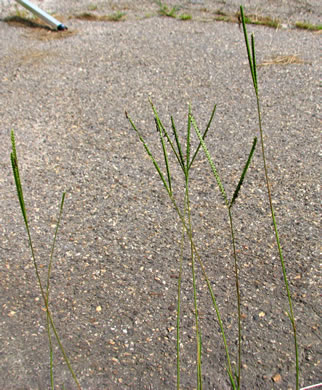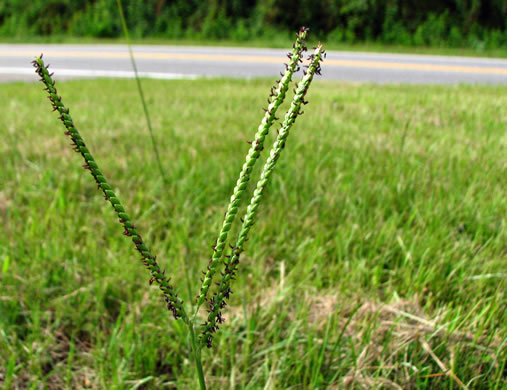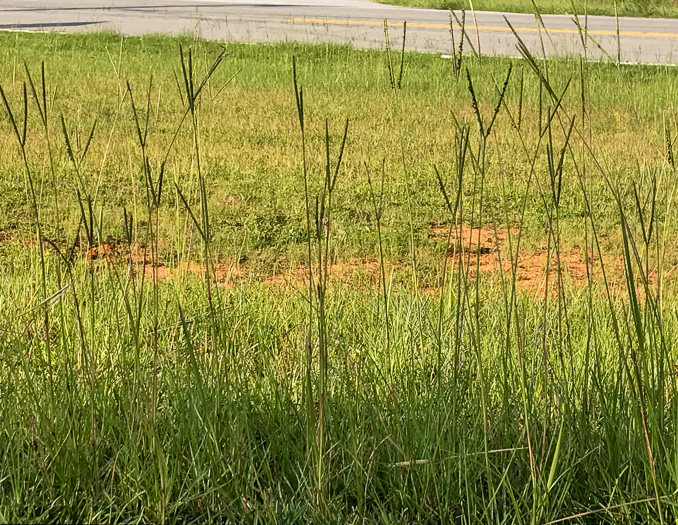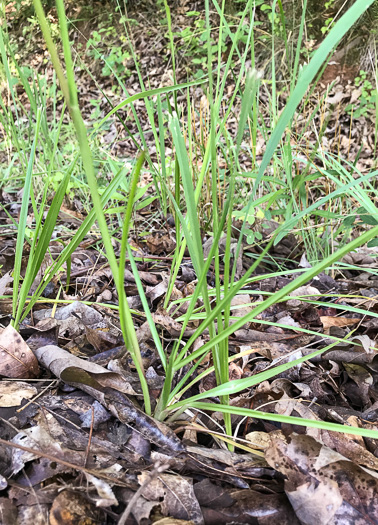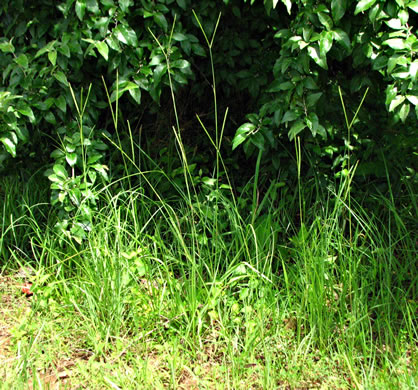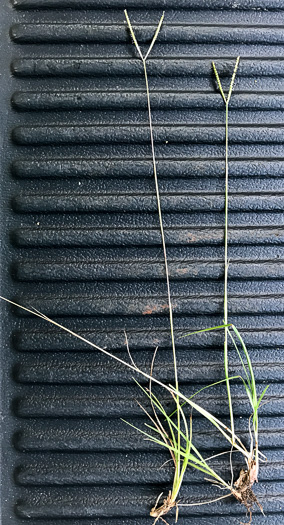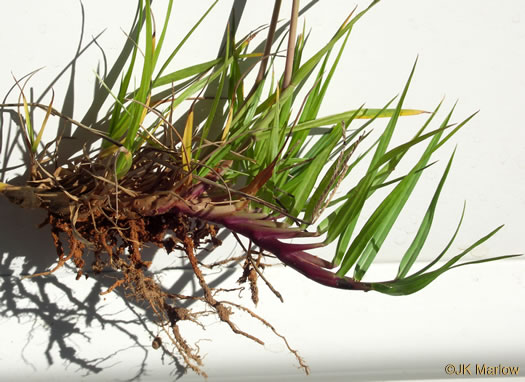Spermatophytes (seed plants): Angiosperms (flowering plants): Monocots: Commelinids: Poales
WEAKLEY'S FLORA OF THE SOUTHEASTERN US (4/14/23):
Paspalum notatum
FAMILY
Poaceae
Go to FSUS key
Dig deeper at SERNEC, a consortium of southeastern herbaria.
Check out EDDMapS.org to see where this has been reported.
Learn more about Bahia-grass from the Vascular Plants of North Carolina.
INCLUDING
PLANTS NATIONAL DATABASE:
Paspalum notatum var. saurae
FAMILY
Poaceae
SYNONYMOUS WITH Floristic Synthesis of North America. BONAP (Kartesz, 2021)
Paspalum notatum
SYNONYMOUS WITH Flora of North America north of Mexico, vol. 25 (2003)
Paspalum notatum
INCLUDING Floristic Synthesis of North America (Kartesz, 1999)
Paspalum notatum var. notatum
INCLUDING Floristic Synthesis of North America (Kartesz, 1999)
Paspalum notatum var. saurae
SYNONYMOUS WITH Aquatic & Wetland Plants of Southeastern US (Godfrey & Wooten, 1979 & 1981)
Paspalum notatum
INCLUDING VASCULAR FLORA OF THE CAROLINAS (Radford, Ahles, & Bell, 1968) 029-74-005:
Paspalum notatum var. saurae FAMILY Poaceae
INCLUDING Manual of the Grasses of the US (Hitchcock & Chase, 1950)
Paspalum notatum var. notatum
INCLUDING Manual of the Grasses of the US (Hitchcock & Chase, 1950)
Paspalum notatum var. saurae
COMMON NAME:
Bahia-grass
To see larger pictures, click or hover over the thumbnails.
Terry Holdsclaw tdh_p_notatum_saurae_7933
June Iredell County NC
Inflorescence consists of 2 racemes, occ. another (rarely 2) just below, per Wildflowers of the Eastern United States (Duncan & Duncan, 1999).
JK Marlow jkm180813_3747
August Greenville County SC
V-shaped inflorescence high above basal tufts of lvs makes this conspicuous, per Wildflowers of the Eastern United States (Duncan & Duncan, 1999).
JK Marlow jkm081026_027
October Oconee County SC
Sumter National Forest: Andrew Pickens Ranger District
Shallow, often exposed, reddish to purple-colored, rhizomes, per Weeds of Southern Turfgrasses (Murphy et al., 1992).
WEAKLEY'S FLORA OF THE SOUTHEASTERN US (4/14/23):
Paspalum notatum
FAMILY
Poaceae
INCLUDING
PLANTS NATIONAL DATABASE:
Paspalum notatum var. saurae
FAMILY
Poaceae
SYNONYMOUS WITH
Floristic Synthesis of North America. BONAP (Kartesz, 2021)
Paspalum notatum
SYNONYMOUS WITH
Flora of North America north of Mexico, vol. 25
Paspalum notatum
INCLUDING
Floristic Synthesis of North America (Kartesz, 1999)
Paspalum notatum var. notatum
INCLUDING
Floristic Synthesis of North America (Kartesz, 1999)
Paspalum notatum var. saurae
SYNONYMOUS WITH
Aquatic & Wetland Plants of Southeastern US (Godfrey & Wooten, 1979 & 1981)
Paspalum notatum
INCLUDING
VASCULAR FLORA OF THE CAROLINAS (Radford, Ahles, & Bell, 1968) 029-74-005:
Paspalum notatum var. saurae
FAMILY
Poaceae
INCLUDING
Manual of the Grasses of the US (Hitchcock & Chase, 1950)
Paspalum notatum var. notatum
INCLUDING
Manual of the Grasses of the US (Hitchcock & Chase, 1950)
Paspalum notatum var. saurae
If a search such as "Carex leptalea var. leptalea" doesn't deliver the results you want, try "Carex leptalea".
Or, to minimize chances of a misspelling, try just "Carex le".
Less is more: If "pencil flower" doesn't deliver the results you want, try "pencil".


